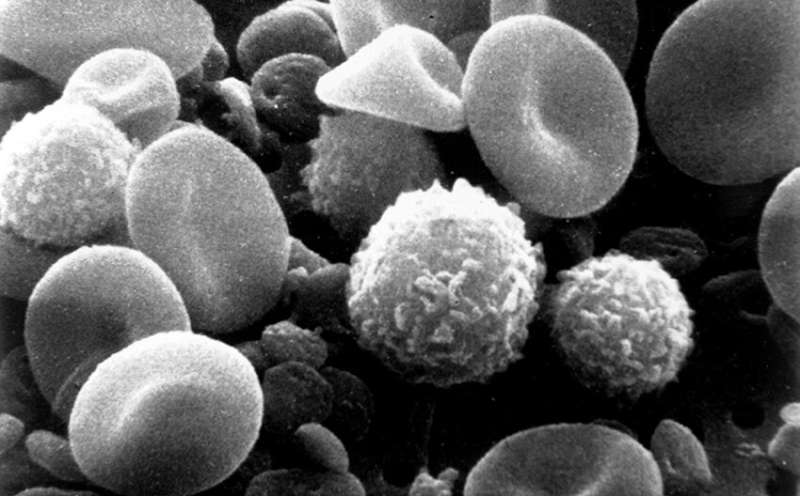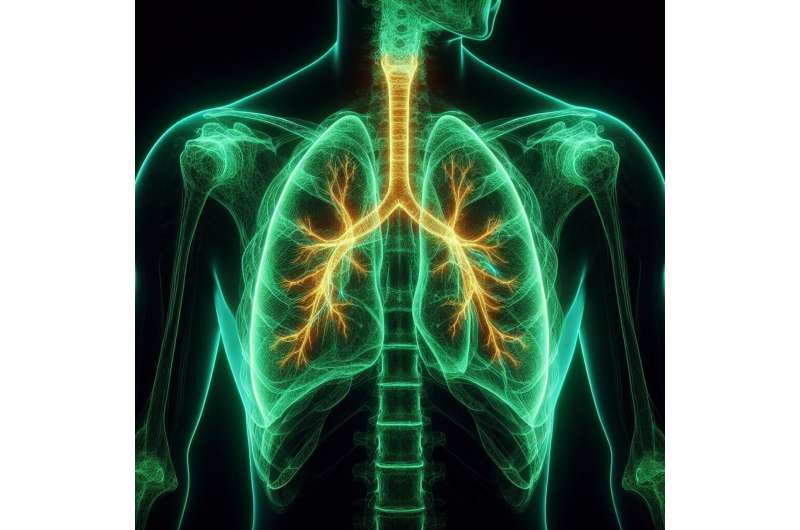Mapping Immune Cell Interactions to Uncover Changes in Gene Expression

Scientists specializing in immunology and computational biology have developed a groundbreaking tool called ImmGenMaps, aimed at providing a comprehensive view of immune system activities across different organs. This innovative resource involves creating detailed spatial maps of immune cells within major organs, allowing researchers to observe how these cells behave and interact in health and disease.
ImmGenMaps leverages spatial gene expression profiling and protein marker analysis, a technique known as spatial transcriptomics, to track the precise locations of individual immune cells in response to various stimuli, including infections, cancer, and autoimmune conditions. This approach offers deeper insights into the immune landscape by revealing how gene expression in immune cells changes as they move through tissues and encounter different cellular environments.
The effort is a collaborative project involving researchers worldwide, particularly those affiliated with the Immunological Genome Project (ImmGen). This project has built a publicly accessible database that serves as a vital resource for immunologists by shedding light on previously poorly understood immune cell subtypes and regulatory networks. Dr. Miguel Reina-Campos from the La Jolla Institute for Immunology emphasizes the importance of accurate mapping for exploring how diseases impact specific organs such as the kidneys, liver, brain, and lungs.
By understanding where immune cells are located and how they respond to health threats, scientists can better comprehend the immune response's complexity. Reina-Campos is working with leading experts like Dr. Sami Farhi from the Broad Institute and Dr. Christophe Benoist from Harvard Medical School to advance this mapping initiative.
The innovation not only enhances our understanding of immune cell functions but also opens new avenues for investigating how immune responses are interlinked with other tissue-specific cells. This resource is expected to be invaluable for researchers aiming to develop targeted therapies and improve diagnostic methods, ultimately offering a new perspective on how our bodies fight disease.
Stay Updated with Mia's Feed
Get the latest health & wellness insights delivered straight to your inbox.
Related Articles
Astatine-211: Pioneering Nuclear Solutions in Cancer Treatment
Researchers at Texas A&M University have developed innovative methods to produce and ship Astatine-211, a promising isotope for targeted alpha cancer therapy, overcoming significant technical challenges and opening new possibilities for precise radiation treatment.
How Changes in CT Scans Over a Year Predict Outcomes in Fibrotic Lung Disease
Recent advances in AI-enhanced CT scan analysis enable early prediction of disease progression and survival in patients with fibrotic lung diseases, potentially transforming patient management and treatment strategies.
Virtual Reality Effectively Reduces Anxiety During Interventional Cardiac Procedures
Virtual reality has been shown to significantly reduce anxiety and stabilize vital signs in patients undergoing coronary angiography, offering a promising non-drug approach to improve cardiovascular procedure experiences.
Innovative AI-Driven Development of Broad-Spectrum Coronavirus Antiviral Drugs
Harvard scientists utilize AI-enabled modeling to develop broad-spectrum antiviral drugs targeting coronaviruses, promising rapid and effective pandemic responses.



